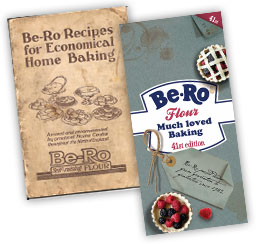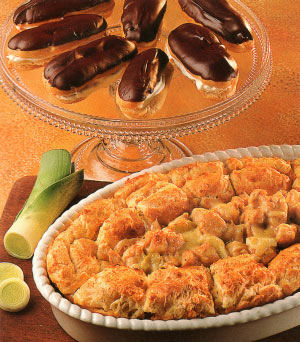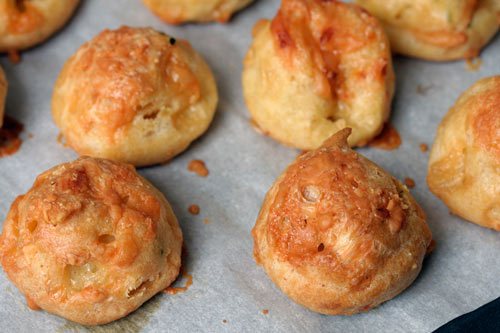An Appreciation of the Be-Ro cookbook through eight decades & forty-one iterations.
The first edition of Be-Ro Flour Home Recipes appeared in 1923. The company itself was and remains located in Lancashire, although it has constituted part of a larger combine since 1958. Its antecedent, a Newcastle grocer that sold teas along with baking powder and flour under the brand ‘Bell’s Royal,’ dates from the 1880s. According to the company history, use of the term ‘royal’ was banned, if quite obviously only for a time, at the accession of Victoria and so the contraction became the company name.
The nineteen page cookery pamphlet had originated as a free handout at exhibitions that the company staged to promote a new product combining two of its previous ones. Soon Be-Ro representatives also began to distribute the little booklet containing “recipes to feed hungry families on a very low budget” door to door throughout the North of England. The company touted its new self-raising flour as an inexpensive convenience food and the promotional effort was sufficiently effective to establish Be-Ro as the ‘best-known flour in the North.’ By the twenty-first century the booklet had kept its eight by four inch format but grown to 86 pages.

First and latest
While nearly unknown in the United States, Home Recipes has endeared itself to generations of British housewives and its forty-one editions may lay claim to the title of ‘bestselling’ cookbook of all time. ‘Bestselling’ in quotations for a reason; in fact, except for a shipping fee of £2.50, the booklet remains available free of charge from Be-Ro, but only for postage within the United Kingdom. American cooks, however, may obtain new copies for as little as £1.63 plus shipping from several sellers through both www.abebooks.com and www.amazon.co.uk.
Home Recipes is so commonplace in Britain that it is invisible, at least to the serious press. A search of websites at the Financial Times, Guardian, Independent, Evening Standard, Telegraph and Times indicates that none of the papers has archived any article about the long-lived little cookbook.
If its neglect is rather poignant, the popularity of the booklet is understandable. Its recipes--some two hundred crowded into a busy, 1970s style layout and interspersed with charming photographs of unsurpassing ugliness--make baking about as accessible as it gets. If some of the recipes are a little austere, others display an elegant commonsense suitable for dinner parties.
All of the recipes of course designate Be-Ro flour (plain or self-raising) as an ingredient, so other than baked goods, the range is limited to puddings and sauces. The prospect of making pastry fosters phobia in a healthy proportion of home cooks, but to paraphrase Elisabeth Ayrton, they need not fear the stuff, especially under the straightforward guidance that the author of Home Recipes offers.
Which invites a digression; who was the first author of the booklet and who has acted as its subsequent servants? We cannot tell: No article on Be-Ro or its cookbook emerges from the ‘google scholar’ database of academic essays, so it would appear that nobody has studied the popular phenomenon either.

Be-Ro “Gougère”
Back in the kitchen we particularly like the recipes for ‘boozy steak pie,’ sausage rolls and chicken and leek ‘gougère,’ among lots of others. The pie and rolls call for puff pastry, meaning that you can cheat if pressed for time and use the (nearly) indistinguishable frozen product. Each filling eschews frivolity and the sausage rolls require only the single ingredient other than its dough.
British people persist in their affection for pinning French names on food seldom found in France, and this ‘gougère’ is a sort of deconstructed hot savory pie with a characteristically British filling. In fact, however, a gougère is a little sphere of cheese pastry frequently served cold. This is not quite that, but it does use ‘choux’ pastry which, Be-Ro helpfully explains, is “pronounced ‘shoo’” and “comes from France.” It in turn is the hot water ‘paste’ for raised pies that will be familiar to Old School British cooks except for the addition of eggs, which act as a raising agent to lighten the finished crust. The Be-Ro recipe is easy.

French gougères
Like many a ‘French’ preparation, choux pastry originated with an Italian, and like many of those preparations, at the court of Catherine de Medici, the noble who became Queen of France. In this case, according to Claude Juillet in Classic Patisserie: An A-Z Handbook (London 1998), the creator was one of her chefs, a man named Panterelli, in about 1541. The name of the dough, however, dates from the eighteenth century, when a French baker used it to make what he called choux, or cabbage, buns after their shape.
While the first recorded reference to choux pastry did appear in France at court during 1541, it is not unreasonable to speculate that, like so many foods, the form of pastry developed independently at differing times in different places. It appears in Spain and throughout Latin America as the base of churros, German speaking cooks have long used it to make sweet dumplings filled with fruit or preserves and cream puffs are nearly universal.
The Be-Ro ‘gougère’ fences its ‘filling’ with dollops of pastry and tops it with cheese. The cook need only arrange dolloped spoonfuls of choux along the perimeter of a shallow dish, half bake the crust, then add the filling and cheese for a return trip to the oven. It may not be a gougère, but this is economical and homely comfort food typical of Home Recipes. Americans will find the dish an unfamiliar delight.
It is exemplary, and even moving, that first Be-Ro and now Premier Foods Group, its successor and the biggest producer of food in Britain, has upheld this modest English tradition for so long. Get the book, sustain the chain and enjoy the flavor of the past.
Obtain a copy of Home Recipes within the United Kingdom by sending a check for ‘Be-Ro Recipe Book’ to:
The Be-Ro Kitchen
PO Box 100
Blackburn
Lancs BB0 1GR
Our recipe for a deconstructed chicken, leek and bacon pie derived from the Be-Ro ‘gougere’ appears in the practical.

